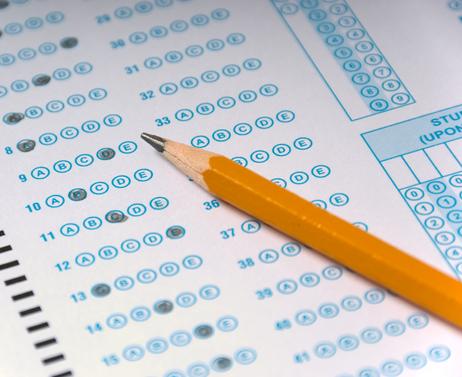Dropping out of high school is a decision that American students make each year. Though it is a personal decision, it has a far-reaching impact not only on the student but on other students and the American education system.
Students who drop out of high school are more likely to live a life of periodic unemployment and have a higher rate of using government assistance. They tend to cycle in and out of the prison system more often than students who obtain a high school diploma, and their annual income is lower. But how does a student’s decision to drop out of high school affect others? And what impacts the rate at which students drop out of school?
In this article, we’ll explore the subject of high school graduation rates including the factors that influence them and their impact on schools and the American education system.
This video explains the effect of high school graduation rates on the American economy.
Why Do Students Drop Out of High School?
Roughly 7,000 students in the United States drop out of high school every day. For some time, the United States had some of the highest graduation rates of any developing country, but we have fallen to a ranking of .
High school is known for being one of the more unpleasant periods of a person’s


















